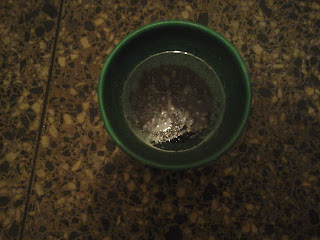The study published in the journal Science of the Total Environment provided a list of the techniques and technologies that could provide the greatest reductions in ammonia emissions.
The new study assesses the emissions reduction potential of a number of techniques, such as floor scraping, flushing with water, manure acidification, and using different types of flooring
Ammonia pollution in general have impacts on both the environment and human health, it can lead to algal blooms in freshwater, threatening aquatic wildlife, and contribute to smog that damages human health.
In northwestern Europe, dairy cattle are usually housed in large barns, where they are kept loose, and manure, which is the source of ammonia emissions, is removed and stored in a pit beneath the barn.
A number of factors contribute to how much ammonia escapes from the manure into air, including chemical processes, temperature, and air flow.
Mendes and colleagues approached the problem using a model of ammonia emissions that was designed to calculate the ammonia emission reductions potential of new or adapted dairy cattle barns. It incorporates management technologies and processes designed to reduce pollution.




















